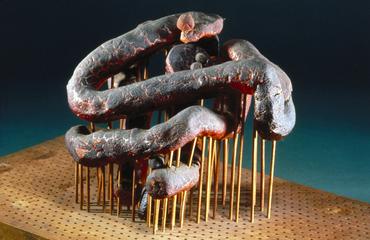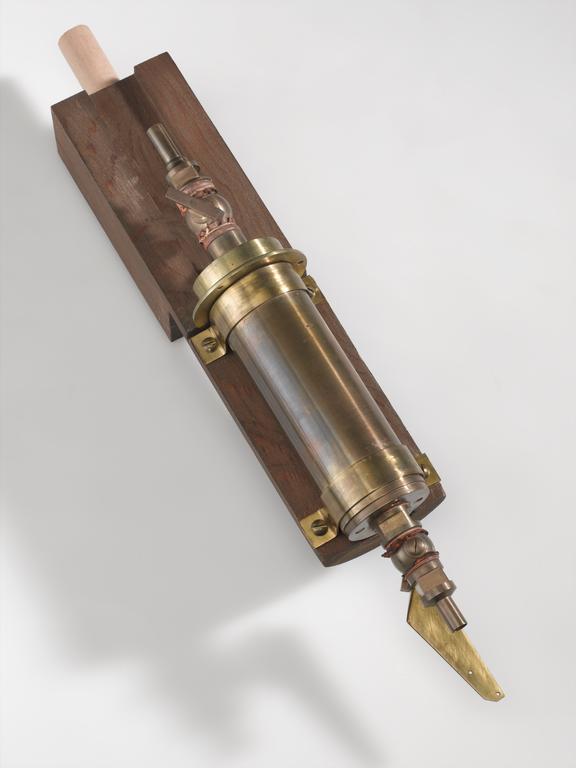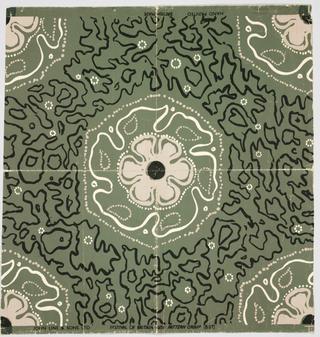
Replica of Cavendish's Eudiometer 1781
- Made:
- 1930
- maker:
- Science Museum, Workshops

Replica of Cavendish's Eudiometer 1781, by Science Museum Workshops, South Kensington, London, England, 1930. Copied from the original in possession of the Royal Institution, London. That object had been presented to the Royal Institution by Sir Henry Davy.
Eudiometers are vessels in which reacting gases are combined by passing an electric spark, the volumes before and after being measured.
The eudiometer was devised in 1776 by Count Landriani. Cavendish first described one (though not this type) in 1783 when he reported that when samples of atmospheric air were reacted with nitric oxide to test their purity, in some cases “the air of London appeared rather the purest, and sometimes that of Kensington”. The original of the instrument was presented by Humphry Davy to the Royal Institution and is presumed to have been constructed by Cavendish. This reconstruction was constructed in the museum.
Details
- Category:
- Experimental Chemistry
- Object Number:
- 1930-700
- Materials:
- mahogany (wood), brass (copper, zinc alloy) and leather
- type:
- eudiometer and replica




